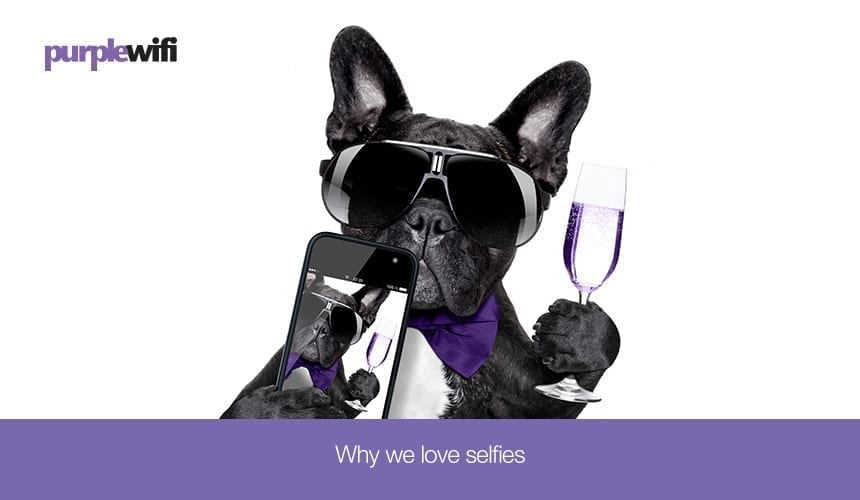8 things we’ve learnt about selfies
1 ) A picture tells a thousand words
Thanks to connectivity and being ‘always on’ we can take a picture almost any time, any place, anywhere and immediately post it to one of many social media accounts. Hence the current fascination and trend for taking selfies:
‘Selfies are immediate, personal, and authentic. Selfies are fun, participatory and transient. Selfies capture a moment. Selfies are playful’. Dr Pamela Rutledge
2) A million selfies every day
Selfies are on trend right now. We can’t get through a social media check in without seeing a selfie. According to research, there are a million selfies taken every day.
3) Selfies have created new trends
“Selfie” itself is a relatively new term, but it’s created some even newer words and trends that have become popular at a phenomenal rate. Take “photobombing” for example – these two commonwealth hockey players certainly hadn’t expected to see a royal face in the background of their selfie!
On a practical level, the ‘selfie stick’ craze is still going strong. A selfie stick was designed to enable a much wider reach to take a better shot. But is it just me, or would it make you feel silly holding one? Selfie sticks have already been banned in a number of venues, including Walt Disney World Resort – apparently guests were using them not just in the park, but on the rides too.
4) Will selfies ever die?
Dr Rutledge reveals that as a society we are still experimenting with selfies and predicts that several things could happen:
1) When EVERYONE is posting selfies then the cool people will have to find something different to do.
2) Only the meaningful selfies will stand the test of time.
3) A new technology will arrive to replace the current selfie phenomenon.
5) Selfies are ‘normal’…… and normalising
Social media has redefined what is normal according to Dr Rutledge. It is difficult to persuade people that selfies are bad when celebrities post them: Madonna, David Cameron, Hillary Clinton not to mention the Kardashians. Actor James Franco has been called the “selfie king”.
6) Selfies can boost self confidence
Selfies actually celebrate normal people. Even supermodels like Cara Delevingne have posted less than perfect looking selfies. Another great example is the Dove campaign where, in aid of Cancer Research, we were encouraged to post make-up free selfies. Who didn’t have a news feed cluttered with make-up free faces at that time?
7) Even Obama does it
Dr Rutledge even defends the selfie of President Obama at Nelson Mandela’s funeral. She argues that selfies are quick, unplanned and capture a personal moment. Although Obama didn’t need a selfie to document his attendance (the media would have done that for him) the moment was one shared with remarkable people, from a worldwide audience, who gathered to pay tribute to an extraordinary man.
8) Tips for making your selfies meaningful
What type of selfies will ensure that they capture attention in the right way? According to Dr Rutledge, meaningful ones include:
– Inspirational selfies to document beautiful things and places.
– Memory selfies showing a diary of selfies.
– Best Friends Forever selfies, with those close to us as a treasured memory.
– Thank you selfies holding a present that has been posted to us.
– Big moment selfies such as The Oscars selfie taken last year. Taken by Bradley Cooper and featuring Ellen DeGeneres, Jennifer Lawrence, Brad Pitt, Meryl Streep and Kevin Spacey (amongst others), the Oscars snap has been dubbed the most famous selfie of all time, reportedly being retweeted 2.5 million times within a couple of hours.
That’s the power of the selfie.
More from the The Psychology of Social Media series.
